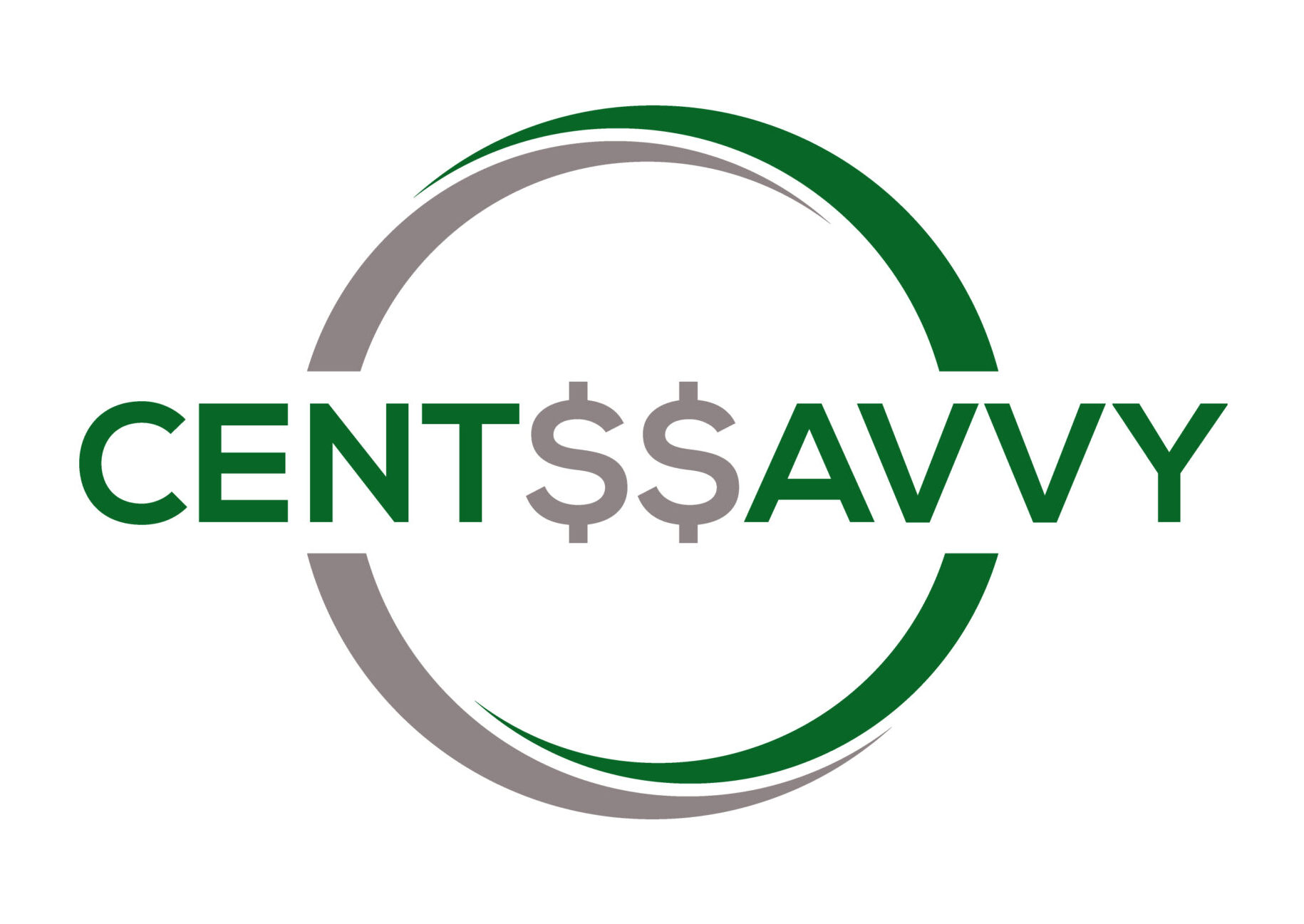Decoding Who Pays Income Tax in the United States
When it comes to income tax in the United States, understanding who is responsible for paying can be a complex and often confusing topic. From individuals to corporations, the spectrum of taxpayers is vast, each with their own set of obligations and strategies for minimizing liability. In this blog post, we will delve into the basics of U.S. income tax obligations, explore the role of tax preparation professionals in navigating these obligations, and address common misconceptions about income tax.
Understanding the Basics of U.S. Income Taxpayer Obligations
In the heart of American financial life lies the principle of income tax, a fundamental aspect that impacts every earning citizen and business within the country. The federal government levies income tax on the economic gains of individuals and entities, crafting a system where contributions are scaled according to one’s financial footprint. To navigate this landscape, one embarks on a journey through taxable income – the figure achieved after subtracting deductions and exemptions from gross income. This calculation forms the basis of an individual’s or a business’s tax responsibility, a yearly ritual materialized through the submission of Form 1040 for individuals and various other forms tailored to different business structures.
This realm is marked by its intricate layers, where understanding the nuances of taxable income is akin to mastering a complex language. Each taxpayer, whether a single person working their first job or a multinational corporation, engages in this annual dialogue with the federal system, presenting their financial narrative within the structured formats provided. Here, the intricate dance between earned income, allowable deductions, and strategized exemptions plays out, laying the groundwork for one’s fiscal relationship with the government. Engaging with this system demands a clear understanding of its foundational principles, guiding taxpayers to make informed decisions that align with their economic realities and obligations.
The Spectrum of Taxpayers: From Individuals to Corporations
In the expansive landscape of U.S. income tax, the cast of participants spans from solo individuals venturing into their first employment journey to colossal corporations with global footprints. This spectrum encapsulates the diverse array of financial entities, each beholden to a set of tax regulations specifically tailored to their nature and size. For the solitary earners, the path of taxation weaves through personal incomes, deductions, and potentially beneficial credits, offering avenues to lessen the fiscal load. On the opposite end, corporations navigate through a different terrain, with distinct tax rates, reporting mandates, and obligations that mirror their complex operational structures.
As each entity embarks on its unique tax journey, the interplay between income levels, allowable deductions, and available credits becomes a pivotal aspect of their financial narrative. For individuals, this could mean exploring standard deductions or itemizing expenses to capture the most tax-efficient stance. Meanwhile, corporations might engage in strategic planning around capital investments and operational expenses to optimize their tax positions. This dynamic landscape requires a keen understanding of the rules that govern tax obligations, ensuring that every taxpayer, regardless of their scale or scope, aligns their strategies with the overarching goal of compliance while seeking to minimize their liability within the bounds of the law.
Taxes Planning Strategies for Minimizing Liability
In the intricate world of income tax, tax planning emerges as a crucial navigational tool, allowing individuals and businesses alike to chart a course through the fiscal landscape with deftness and legal savvy. It’s an engagement with one’s financial scenario in a manner that seeks to optimize tax outcomes, turning the looming tax season from a period of dread into one of strategic opportunity. Among the myriad strategies, one finds the practice of maximizing deductions—a technique that involves identifying and leveraging allowable expenses that can reduce taxable income. Equally pivotal is the adept utilization of tax-advantaged accounts, which serve as vessels for savings in a way that either defers or diminishes tax liability.
The strategy of timing also plays a key role, where the astute management of income and expenses can yield significant tax benefits. By aligning the recognition of income with periods of lower tax rates and scheduling deductions when they can offer the most impact, taxpayers can significantly alter the course of their tax burden. This orchestration of financial elements requires not just knowledge of current tax laws but an anticipatory eye toward their fluctuations, underscoring the dynamic nature of tax planning. Such strategies, when applied with precision, illuminate pathways through the fiscal thicket, ensuring that one’s journey toward tax compliance is both legally sound and financially advantageous.
The Role of Taxes Preparation Professionals in Navigating Tax Obligations
Embarking on the journey of tax compliance is akin to navigating a labyrinth, one that twists and turns with the intricacies of legislation and personal financial nuances. Within this maze, tax preparation professionals emerge as invaluable guides, illuminating the path with their expertise and insight. These specialists, equipped with a profound understanding of the tax code, operate as strategic allies to taxpayers. They delve into the complexities of individual and business finances, identifying opportunities for optimization and safeguarding against common pitfalls. Their role transcends mere calculation and submission of forms; it involves crafting a bespoke tax strategy that resonates with the unique financial voice of each client. By leveraging their knowledge and skills, they ensure that taxpayers not only comply with current laws but also position themselves advantageously for future fiscal periods. Engaging a tax professional is not simply a transaction—it is a partnership aimed at fostering financial health and strategic tax positioning, essential for navigating the ever-evolving landscape of U.S. tax obligations.
How Changes in Tax Laws Affect Taxes Obligations
Navigating the dynamic terrain of tax legislation requires a vigilant eye and an adaptable strategy. As the gears of government churn, producing amendments and overhauls to existing tax codes, these legal shifts cast ripples across the financial ponds of both individual taxpayers and businesses. Such changes, often enacted in response to economic climates or policy objectives, necessitate a recalibration of tax planning strategies. The impact is multifaceted; introducing new deductions or credits, altering tax rates, or even modifying filing requirements. Staying abreast of these developments is not merely an exercise in compliance—it’s a proactive measure to safeguard one’s financial well-being. Adapting to tax law changes demands a keen understanding of how these alterations interlace with one’s fiscal fabric, influencing decisions on investments, deductions, and timing of income. It underscores the importance of informed consultation and strategic planning, highlighting the intricate dance between legislative evolution and personal financial planning. This ever-changing landscape reaffirms the necessity for continuous learning and strategic adjustment, ensuring that taxpayers can respond adeptly to the shifting sands of tax legislation.
Addressing Common Misconceptions About Income Tax
Dispelling myths surrounding income tax is pivotal in fostering a more informed public perspective. A prevalent misconception is the notion that tax planning is an exclusive domain reserved for the affluent. However, the truth lies in the universality of tax strategies—accessible tools for managing fiscal responsibilities, regardless of one’s financial stature. Another widespread fallacy is the equating of tax deductions with circumventing the system. This misunderstanding obscure the reality that deductions are legally sanctioned mechanisms designed to reflect the genuine expenses incurred in generating income. They are not loopholes, but provisions written into tax law, intended to ensure fairness and accuracy in one’s tax obligations.
Furthermore, the belief that all income is taxed at a single rate oversimplifies the progressive nature of the U.S. tax system, where tax rates escalate in alignment with income levels. This misconception may lead individuals to overlook strategic tax planning opportunities that could align with their financial scenarios and legal responsibilities. Recognizing these nuances demystifies income tax, encouraging a proactive engagement with tax planning as a legitimate and necessary aspect of financial management. It’s about empowering all taxpayers with the knowledge to navigate the tax landscape confidently, making informed decisions that enhance their financial well-being within the legal framework.
Looking Ahead: The Future of Income Tax in the United States
As we pivot our gaze toward the horizon, the terrain of income tax in the United States presents itself as an ever-shifting landscape. The constant flux of tax laws, driven by economic trends and legislative shifts, requires a nimble approach to tax planning and compliance. For individuals and businesses alike, this evolving scenario underscores the importance of staying agile, informed, and ready to adapt strategies in response to new regulations and opportunities. Engaging with skilled tax preparation professionals becomes more than a prudent choice; it evolves into a strategic imperative, ensuring that taxpayers can navigate these changes effectively. The future of income tax, with its potential for both challenge and opportunity, calls for proactive engagement and a forward-thinking mindset. By embracing a culture of continual learning and adaptation, taxpayers position themselves to manage their obligations not just with compliance but with strategic foresight, turning the uncertainty of change into a well-navigated path toward fiscal resilience and optimization. For more information, please visit Cents Savvy Tax Resolution and Preparation

